Descrição
Introdução
Um conta de porquinho desempenha um papel vital no transporte de recursos de combustível em vastas distâncias. Garantir que sua operação eficiente seja crucial por razões econômicas e ambientais. Problemas com gasodutos, como obstruções, corrosão e vazamentos, precisam ser diligentemente evitados para determinar a segurança e as taxas de fluxo ideais.
Um porco de pipeline é uma ferramenta especializada usada para enfrentar os desafios de garantia de fluxo na indústria de petróleo e gás. Aumenta a eficiência e a segurança do gasoduto, eliminando bloqueios, limpando o interior dos pipelines e conduzindo inspeções abrangentes. Este artigo investiga o conceito de porquinho, sua importância e a proficiência da EMT na entrega de soluções superiores de porquinhos.
Tipos de Porcos de Pigging de Pipeline
Existem muitos tipos de porcos de pipeline usados na indústria de petróleo e gás, cada um com sua própria função e aplicação exclusivos:
- Porco de espuma porcoO porco de espuma é uma solução leve usada principalmente para limpeza e secagem interiores. Normalmente, é fabricado a partir de espuma de poliuretano de célula aberta, que fornece flexibilidade e resiliência. Esse tipo de porco pode navegar por pequenas curvas e alterações de diâmetro na tubulação, removendo efetivamente os detritos, a água e outros contaminantes. O porco de espuma também pode ser revestido ou impregnado com abrasivos ou produtos químicos para tarefas de limpeza mais intensivas. Dada sua natureza adaptável, geralmente é implantada durante a fase de pré-comissionamento de um pipeline ou para manutenção de rotina.
- Porco esquelético porcoO porco esquelético, também conhecido como porco de arame, é projetado principalmente para tarefas de limpeza agressivas. Sua estrutura normalmente compreende um corpo de aço equipado com escovas de cerdas ou elementos de raspagem. Esses mecanismos removem efetivamente a escala, a cera e outros depósitos tenazes das paredes da tubulação. Devido ao seu design robusto, o porco esquelético é frequentemente empregado em condições desafiadoras, incluindo pipelines com corrosão interna significativa ou diâmetros irregulares.
- Porco de porco fundido sólidoO porco de porco fundido sólido é um porco durável e versátil usado para uma variedade de aplicações de pipeline. Normalmente, é feito de uretano ou materiais robustos semelhantes e possui uma construção de uma peça que aumenta sua força e durabilidade. Os porcos de porcos fundidos sólidos são frequentemente usados para separação em lote, deslocamento do produto e extensas tarefas de limpeza. Sua construção sólida lhes permite suportar condições duras de oleoduto e lidar com detritos ou depósitos teimosos.
- Porco porco abdomO porco porquinho do ABS (butadadieno de acrilonitrila) é um porco de alto desempenho projetado para tarefas de limpeza e inspeção. É feito de ABS, um polímero termoplástico conhecido por sua resistência, rigidez e resistência química. Esse porco é frequentemente equipado com equipamentos eletrônicos para inspeção em linha (ILI), detectando anomalias como afinamento da parede, amassados ou corrosão dentro do pipeline. A capacidade do porco porquía de desempenhar papéis duplos o torna uma ferramenta valiosa na indústria de petróleo e gás, garantindo a integridade do pipeline, mantendo a eficiência operacional.
O conceito de porquinhos em indústrias de petróleo e gás
O porquinho é o processo de realização de inúmeras atividades em oleodutos e gasodutos utilizando equipamentos conhecidos como porcos de pipeline. Essas responsabilidades incluem purga, limpeza e verificação do interior do oleoduto. O porquinho é uma parte importante da integridade do pipeline e um fluxo contínuo de produtos.
O porquinho tem um propósito além de simplesmente limpar os oleodutos. Também implica avaliar a condição do oleoduto e detectar possíveis problemas, como corrosão ou rachaduras, que podem exigir reparo ou substituição. A experiência profissional é essencial para a realização de operações de porcos com segurança e eficácia, pois garante que o processo seja realizado com precisão e cuidado.
O significado de Pigging de pipeline
Os porcos de pipeline são fundamentais na preservação da eficiência e integridade dos gasodutos. Eles servem a um objetivo múltiplo, um dos quais é manter a limpeza dentro do oleoduto e garantir que ela permaneça livre de obstruções. Ao eliminar detritos e outros materiais que potencialmente dificultam o fluxo de gás, os porcos contribuem significativamente para manter a integridade ideal do fluxo. Esse processo resulta em uma vazão e pressão de fluxo consistentes e eficientes dentro da tubulação, um fator crucial para a excelência operacional. Além disso, o porquinho abre avenidas para inspeção e manutenção preventiva. Ele equipa os operadores com a capacidade de examinar a condição interior do pipeline, identificar possíveis problemas e planejar operações corretivas de acordo. Essa abordagem proativa reduz o risco de falhas de pipeline, ajudando na preservação da integridade e função estruturais gerais do sistema.
O gasoduto Processo de Pigging
O procedimento de porquinho de pipeline é um processo de vários componentes que abrange o porco, o lançador de porco e o receptor de porco, também conhecido como armadilha de porco. O porco é o dispositivo especializado que atravessa o pipeline, executando suas tarefas designadas. O lançador e o receptor são fundamentais para iniciar e concluir a jornada do porco dentro do oleoduto.
No início do processo de porco, o porco é introduzido no pipeline através do lançador de porcos. É então impulsionado pelo fluxo do produto, navegando pelo comprimento do pipeline. À medida que avança, executa suas tarefas, que podem incluir a coleta de detritos, graxa ou outras impurezas que podem comprometer a eficiência do pipeline. Após esse processo, o porco é interceptado e recuperado pelo receptor de porco. É crucial observar que esse procedimento requer profissionais competentes com conhecimento técnico para garantir a execução segura e eficaz das operações de porquinhos.
perguntas frequentes
1. Por que o porquinho é importante na indústria de petróleo e gás?
O porquinho é crucial para manter a eficiência e a integridade dos pipelines. Ajuda a manter os dutos limpos e livres de obstrução, garantindo taxas de fluxo e pressão ideais. Além disso, o porquinho permite a inspeção do interior do pipeline para detectar problemas em potencial, como corrosão ou rachaduras, facilitando a manutenção proativa e reduzindo o risco de falhas de pipeline.
2. Como um porco porco navega pelo pipeline?
Os porcos de porcos geralmente são lançados no pipeline de um lançador de porcos e passam pelo pipeline acionado pelo fluxo do produto. Eles foram projetados para navegar por dobras e alterações no diâmetro, atravessando efetivamente o pipeline para executar as tarefas pretendidas. Depois que a operação de porco estiver concluída, os porcos são recebidos em um receptor de porco ou apanhador na outra extremidade do pipeline.
3. De que materiais os porcos são criados?
O material usado para construir porcos porcos varia dependendo do tipo e da aplicação pretendida. Os porcos espumosos geralmente são feitos de espuma de poliuretano de células abertas, os porcos esqueléticos geralmente consistem em um corpo de aço com escovas de cerdas ou elementos de raspagem, porcos fundidos sólidos são tipicamente feitos de materiais duráveis como uretano, e os porquinhos absorventes são construídos a partir de acrilonitrila butadieno estireno, um Polímero termoplástico resistente e quimicamente resistente.
4. Quais são as considerações de segurança para operações de porquinhos?
A segurança é fundamental durante as operações de porquinhos. Essas operações devem ser conduzidas apenas por pessoal treinado que entendam os riscos potenciais e os procedimentos de segurança. Algumas dessas considerações de segurança incluem garantir que o porco seja compatível com o diâmetro e a condição do oleoduto, monitorando os níveis de pressão durante a operação e garantindo que o apanhador de porco esteja corretamente posicionado e funcionando antes de lançar o porco.
Manutenção de pipeline
A manutenção do oleoduto é crítica nos negócios de petróleo e gás, pois garante a entrega segura e eficiente de commodities preciosas. Envolve uma série de medidas preventivas, inspeções e reparos para manter a integridade e funcionalidade das tubulações. A manutenção das tubulações é vital para evitar interrupções operacionais, danos ambientais e riscos à segurança, que podem resultar de falhas ou vazamentos nas tubulações.
Concluindo, a manutenção de oleodutos é um aspecto crítico da indústria de petróleo e gás, exigindo uma abordagem abrangente que inclui inspeções, limpeza, proteção contra corrosão, reparos e treinamento de pessoal. Ao manter diligentemente os oleodutos, os operadores podem reduzir o risco de falhas, minimizar o impacto ambientale garantir o transporte seguro e eficiente de recursos valiosos.
Conclusão
Em conclusão, a ciência e a arte de segmentar na indústria de petróleo e gás desempenham um papel central na manutenção da eficiência operacional, segurança e longevidade dos sistemas de pipeline. A partir dos diversos tipos de porcos de pipeline - espuma, esquelético, elenco sólido e abdominais, cada um por funções exclusivas, ao processo abrangente de porquinhos e ao imperativo para profissionais qualificados, todo elemento é crucial nesse intrincado maquinaria.
Além disso, o contexto mais amplo da manutenção do pipeline, que inclui medidas preventivas, inspeções regulares e reparos oportunos, forma a espinha dorsal dessa indústria. Não apenas ajuda a evitar interrupções operacionais e minimizar o impacto ambiental, mas também desempenha um papel fundamental para garantir o transporte seguro de recursos vitais.

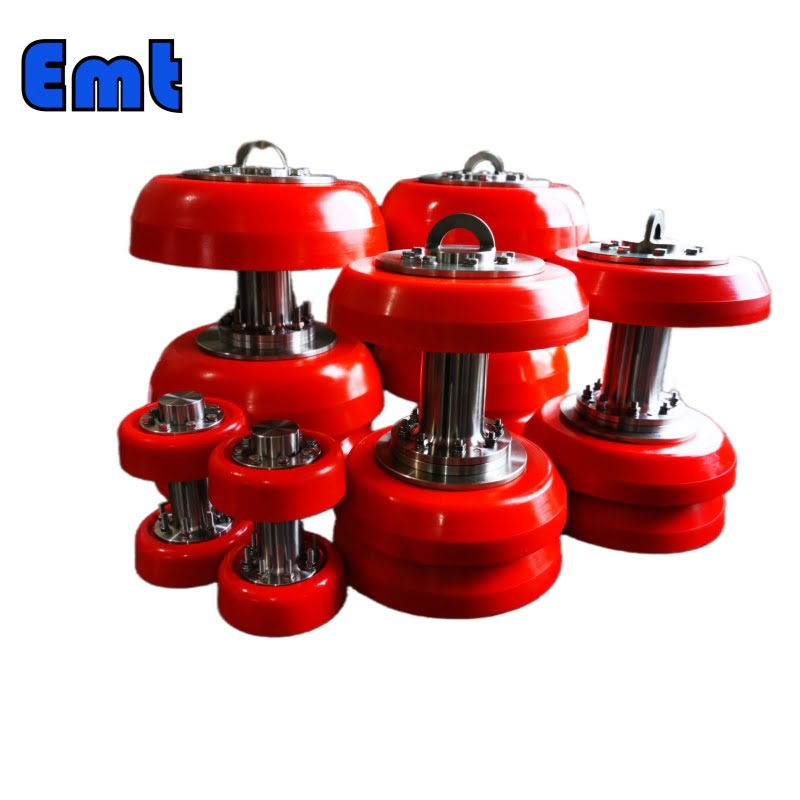
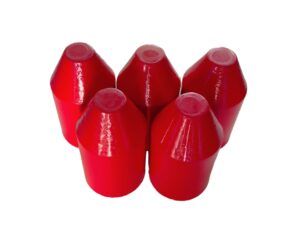

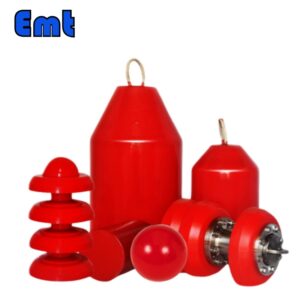
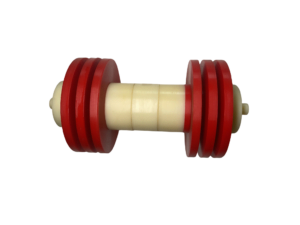
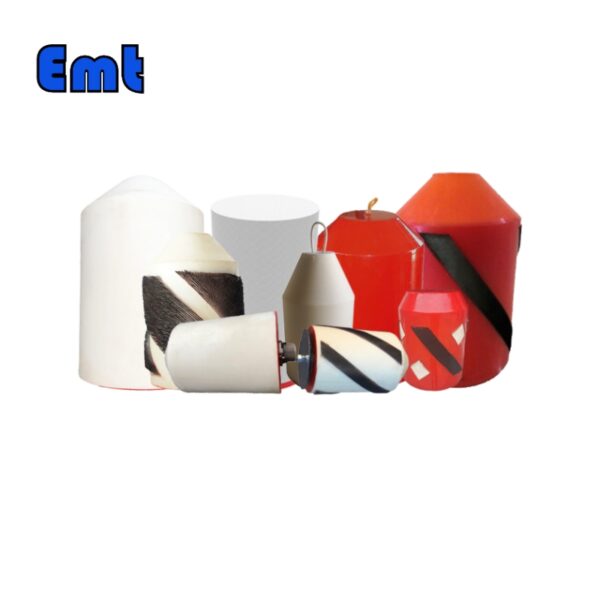
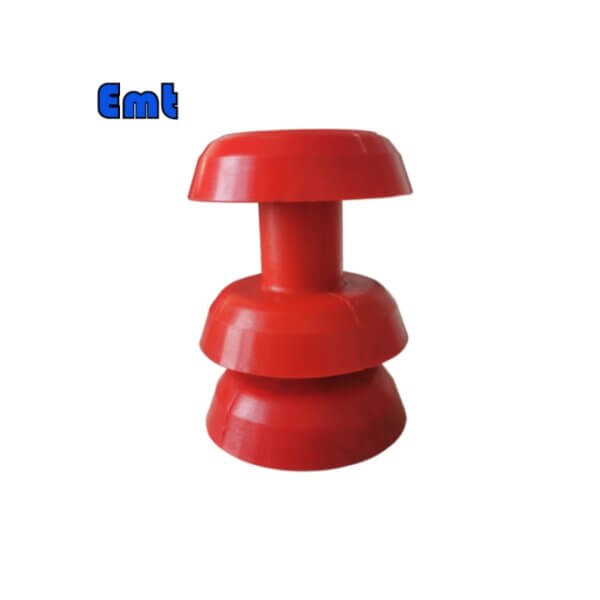

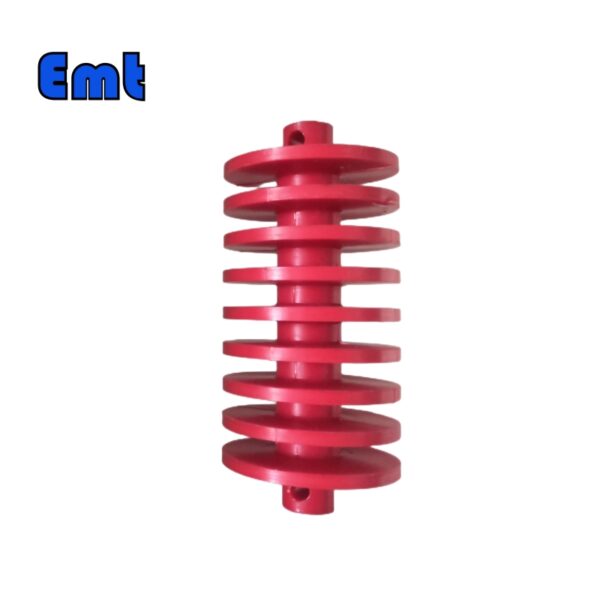
Avaliações
Não há comentários ainda.